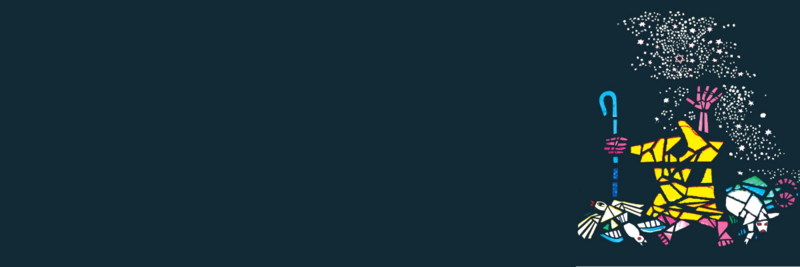2017 Shabbat Bo (5777)
02/04/2017 12:00:00 AM
Rabbi Glick: Darkness
| Author | |
| Date Added | |
| Automatically create summary | |
| Summary |
When I was young and lived in the Old City in Jerusalem, our family was in a big apartment. My room was across what seemed like an impossibly long and dark hallway to the kitchen, where I imagined my parents always were. I don’t remember much else about the apartment but I remember the hallway as a frightening place…
In our parashah this week, Bo, the Torah recounts to us the final intensification of the plagues. Finally, Pharaoh lets the people go and thus begins the exodus from Egypt. The last plague is makat bechorot, the plague of the first-born. But before, is the 9th plague, darkness.
A darkness descends onto the land of Egypt for three days and three days. A question that at times comes up is – what was so bad about the plague of darkness? What made the plague of darkness the 9thplague – nearly the last straw? Worse than the 7th plague – the fiery hail? Or even the first – the Nile turning to blood?
The Torah says that the darkness was so thick that for three days the Egyptians could not stand or sit. They could not see each other even if they stood in front of one another. The darkness was all-enveloping. According to the Midrash, it was the darkness of Gehenom, of hell — that fell upon the Egyptians. Modern commentators have suggested it was not a physical darkness – it was an internal darkness. A depression. They could not get out of their beds for three days. They were surrounded by it.
It was not only the discomfort of not being able to see. It was the spirit of despair, of facing uncertainty. They did not know when or even if it would end. It brought out the worst in them. The Lithuanian rabbi, Even Ha’ezel comments – what is the worst darkness? The deepest? It is one as the Torah says, where one cannot see one’s fellow. Where we do not share the pain of our fellow human beings. They do not share ours. We lose our humanity and understanding of the other. We are paralyzed and society descends into chaos.
This is the power of darkness. It creates fear and uncertainty. In its shadows, we never know what we are seeing and what is truly there. We cannot see the faces of others. We become lost in our own selves.
The medieval commentator Seforno says what was unique about the darkness? He exclaims regular darkness is not in fact real. It does not exist in itself. It is only in the absence of light that darkness can exist. When light shines upon it, it immediately chases away the darkness as though it had never been.
But the darkness that struck Egypt was real. It was so thick that the light of candles could not penetrate it. There was no way for it to be dispersed. It was a supernatural plague.
In our lives, we too often mistake one darkness for the other. The darkness of this world is illusionary. It is there but on one level, it has no existence in itself. When we shine light unto it, it must disperse. We can always chase it away.
The darkness that struck Egypt was otherworldly, supernatural. Not one that we encounter. We – at times – can sense its presence. It prevents us from getting up. It stops us from feeling the pain of our fellow human beings. It frightens us. It obscures our vision. It can last for days at a time. Even then, it is up to us to fight the sense that it was like the plague of darkness. It is just the regular darkness with a shadow of the other.
And even the plague of darkness itself was not impenetrable! As the Torah says, in the dwelling places of the Israelites, there was light. Light poured through into Goshen. According to Reb Shlomo of Radomsk, it was the light of Shabbat. The way we live our lives, what we choose to consider holy and precious can pierce through even that thickest darkness.
We may look at the dark hallway separating us from safety and security and believe it is never ending and unsurmountable. When the light is shined upon it, our spirits are raised, and we know it never really existed.
Thu, August 7 2025
13 Av 5785
Rabbi Glick's Sermons on YouTube
A playlist of Rabbi Glick's sermons is available on Temple Har Zion's YouTube channel http://bit.ly/RabbiGlickSermons
HOME CALENDAR MEMBERSHIP DONATE CONTACT
Phone: (708) 366-9000 | Fax: (708) 366-9006 | Email: office@wsthz.org | 1040 North Harlem Avenue, River Forest, IL 60305

Privacy Settings | Privacy Policy | Member Terms
©2025 All rights reserved. Find out more about ShulCloud

